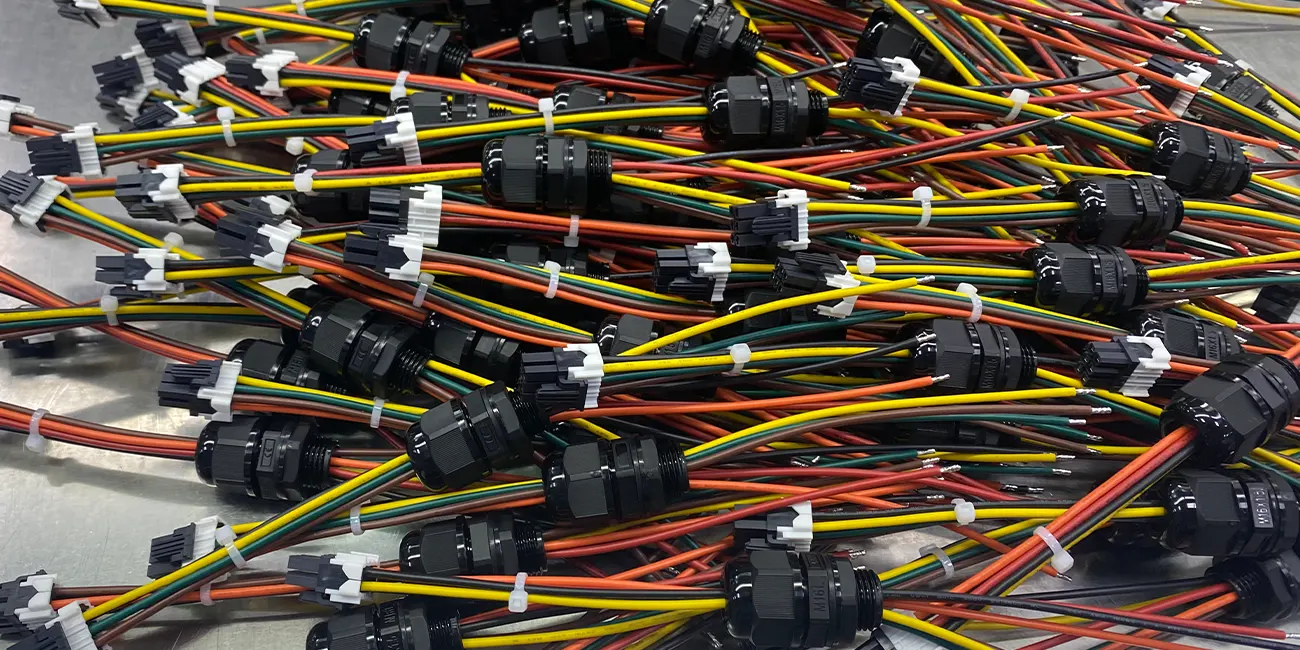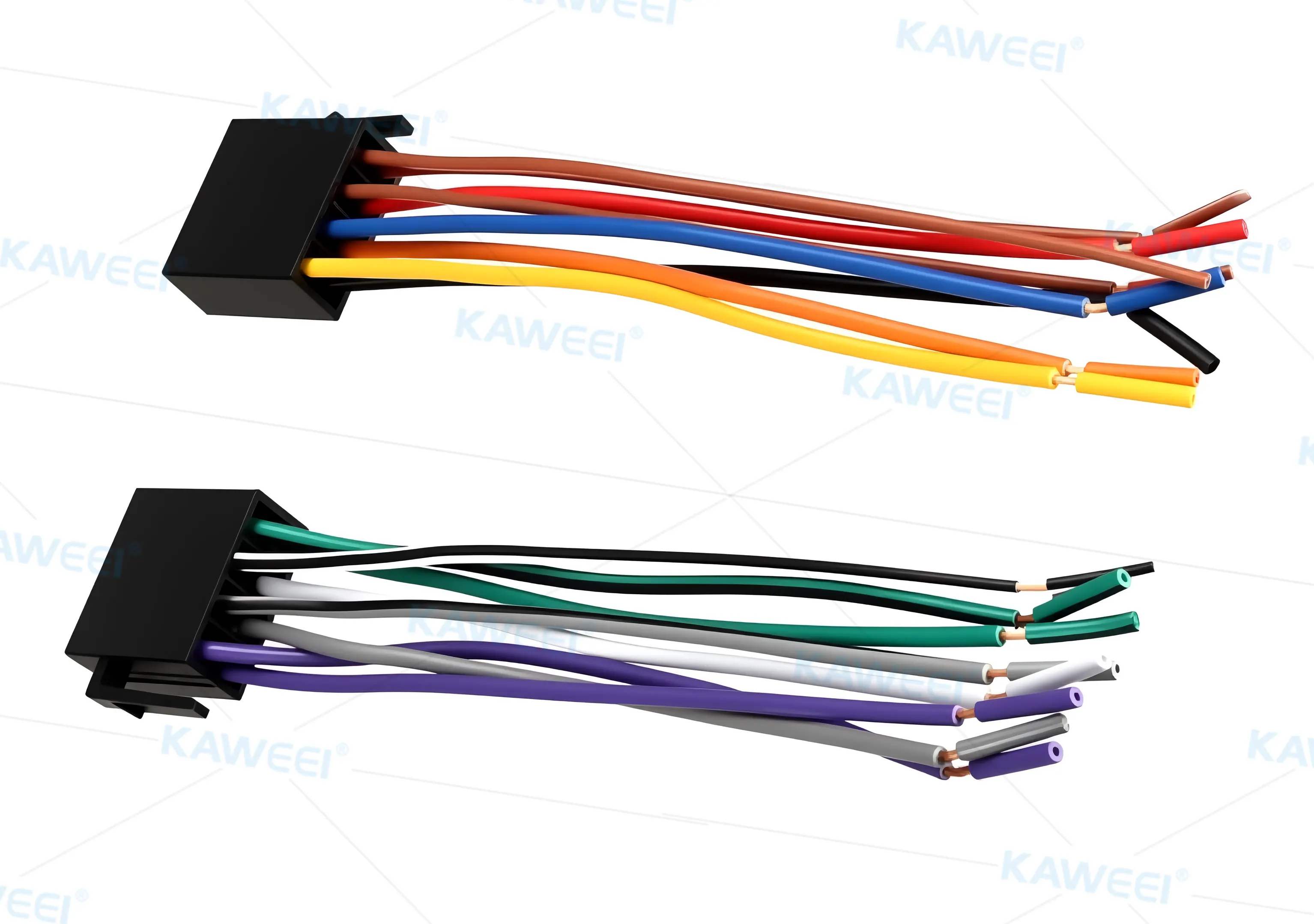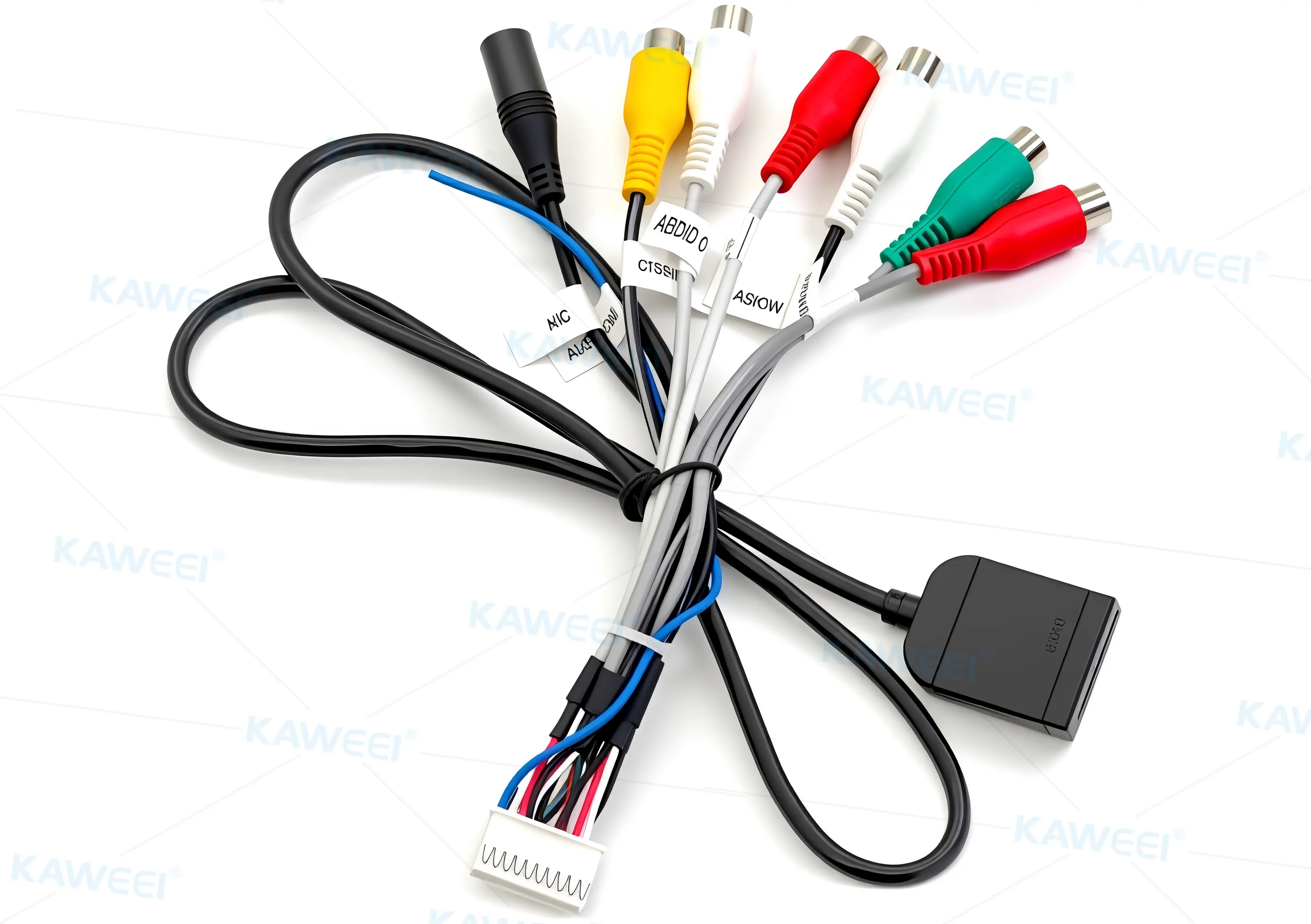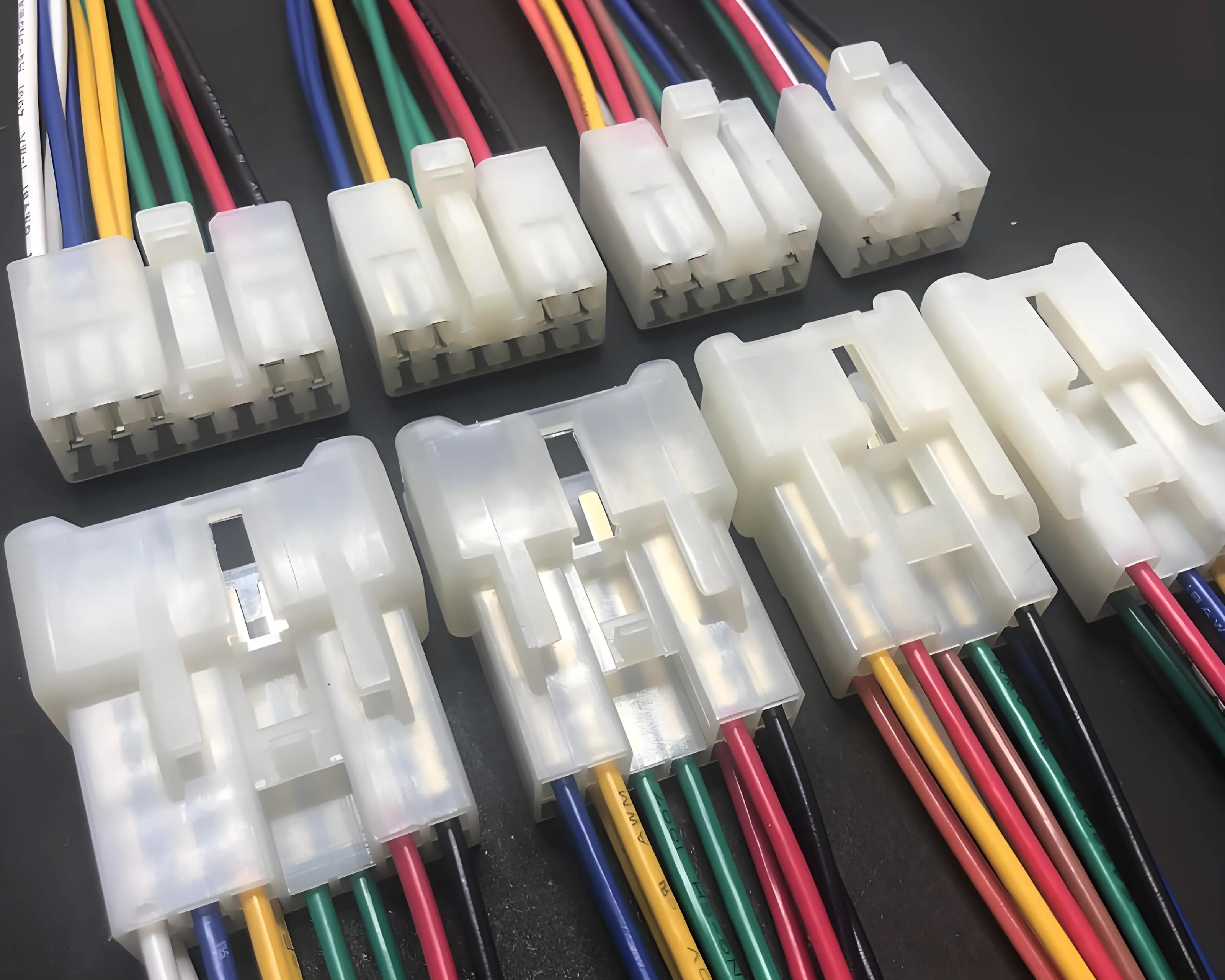
By quanyu lee
2025-08-19 10:50:42
Speaker Wire Color code Car Audio Guide
When installing a new car stereo, it's important to understand the wiring harness color coding and ensure you use the appropriate wiring harness adapter. The CEA(Consumer Electronics Association) provides standardized color coding.
1. What is a stereo wiring harness?
A stereo wiring harness acts like a bridge, connecting your upgraded stereo to your car's electrical circuits. It allows your new stereo to quickly and safely connect to the vehicle's power supply, speakers, and control wiring.
Choosing the right wiring harness is crucial—it must match your vehicle model and stereo specifications to ensure proper function. Modern stereo wiring harnesses can also:
- Bypass the factory amplifier or extension cables
- Preserve factory features, such as antenna control or security alarms
In short, with the right stereo wiring harness, installing an upgraded stereo is both easy and safe.
2. What is car audio wiring harness color coding?
When installing or modifying your car audio system, the colors of the wiring harness are crucial. They represent specific functions, such as power, speakers, ground, antenna, etc. Using standardized wiring harness adapters, you don't need to cut the original wiring; just align the colors to complete the installation.

3. Comparison between original wiring harness and modified wiring harness
In the past, color coding for audio wiring harnesses varied across car manufacturers, making installation complex and prone to errors. Now, the Consumer Electronics Association (CEA) has established a unified standard, significantly simplifying the installation process.
| type | Features | Applicable scenarios |
| Original wiring harness | Highly compatible with vehicle systems, but with many limitations | Only suitable for original car audio system |
| Modified wiring harness | Standardized colors, compatible with mainstream audio brands in the market | Install modified audio systems such as Pioneer, Sony, Kenwood, etc. |
| Special wiring harness | Provides additional functions (alarm hold, amplifier bypass, programming) | High-end models, retaining original functions |
4. Types of audio-specific wiring harnesses
Multifunctional Wiring Harness
Integrates extension, amplifier bypass, and alarm hold functions, reducing installation complexity.
Vehicle Brand-Specific Wiring Harness
Designed for specific brands or models, such as BMW, Mercedes-Benz, or Toyota, these harnesses guarantee compatibility with the original equipment manufacturer (OEM) system.
Advanced Custom Wiring Harness
Customizable length, connector type, and color coding are available, making them ideal for complex audio conversions or high-end car audio systems.

5. Main applications of car audio wiring harnesses
Install an aftermarket car stereo: Easily replace the factory stereo.
Maintain factory features: Security alarm, steering wheel controls, Ford Sync, GM OnStar.
Improve sound quality: Combine with an external amplifier for even better sound quality using the amplifier bypass harness.
Solve installation challenges: The extension harness is suitable for vehicles with trunk-mounted stereos.
6. How to install a modified audio wiring harness?
Installing a modified stereo wiring harness can be done in several steps. Before proceeding, ensure the power is disconnected for safety reasons:
1. Removing the old stereo
Carefully remove the original stereo, avoiding damage to surrounding wiring and panels.
2. Disconnect the power ground wire.
This is usually the black wire connected to the negative battery terminal.
Disconnecting the ground wire prevents short circuits, which could damage the stereo or cause safety hazards.
3. Connecting the new stereo wiring harness adapter
Confirm that the wiring harness adapter model matches your vehicle and stereo.
Plug the stereo plug into the adapter port.
4. Match the wiring to the harness colors
Connect the audio cables to the adapter cables according to the standardized color codes:
- Yellow: 12V normal power (memory)
- Red: 12V ignition
- Black: Ground
- White/gray/green/purple: Positive and negative terminals for each speaker
- Blue/blue-and-white: Antenna/amplifier control
- Orange/white stripe: Instrument light/dimmer
Ensure the correct polarity; otherwise, it may cause audio malfunction or damage.
7. Frequently Asked Questions (FAQ)
Q1: How do I choose the right wiring harness?
👉 You'll need to confirm the car's year, make, model, and whether it has a factory-installed amplifier.
Q2: What do common wiring harness colors represent?
| color | Function | illustrate |
| black | Ground | circuit safety |
| yellow | 12V Memory | Keep radio and sound effects memory |
| red | 12V Ignition | Powered by ignition switch |
| orange/white | Illumination | Dim as the car lights |
| blue | Power Antenna | Control antenna raising and lowering |
| blue/white | Amp Remote | switching amplifier |
| white/white black | Left front speaker (positive/negative) | |
| Gray/gray-black | Right front speaker (positive/negative) | |
| Green/Green and Black | Left rear speaker (positive/negative) | |
| Purple/purple-black | Right rear speaker (positive/negative) |
Q3: Is a wiring harness required?
👉 If the vehicle already has a modified audio system, it's generally not necessary. Otherwise, it's strongly recommended for safety and compatibility.
Q4: What precautions should be taken during installation?
👉 Be sure to disconnect the negative battery terminal to prevent short circuits; use a fuse for protection; and strictly follow the color-coded connections.

8. Summary
Installing an aftermarket car stereo isn't complicated. The key lies in understanding wire harness colors. With standardized color coding and the appropriate wiring harness adapters, you can easily complete the installation while maintaining the original car's functionality.



